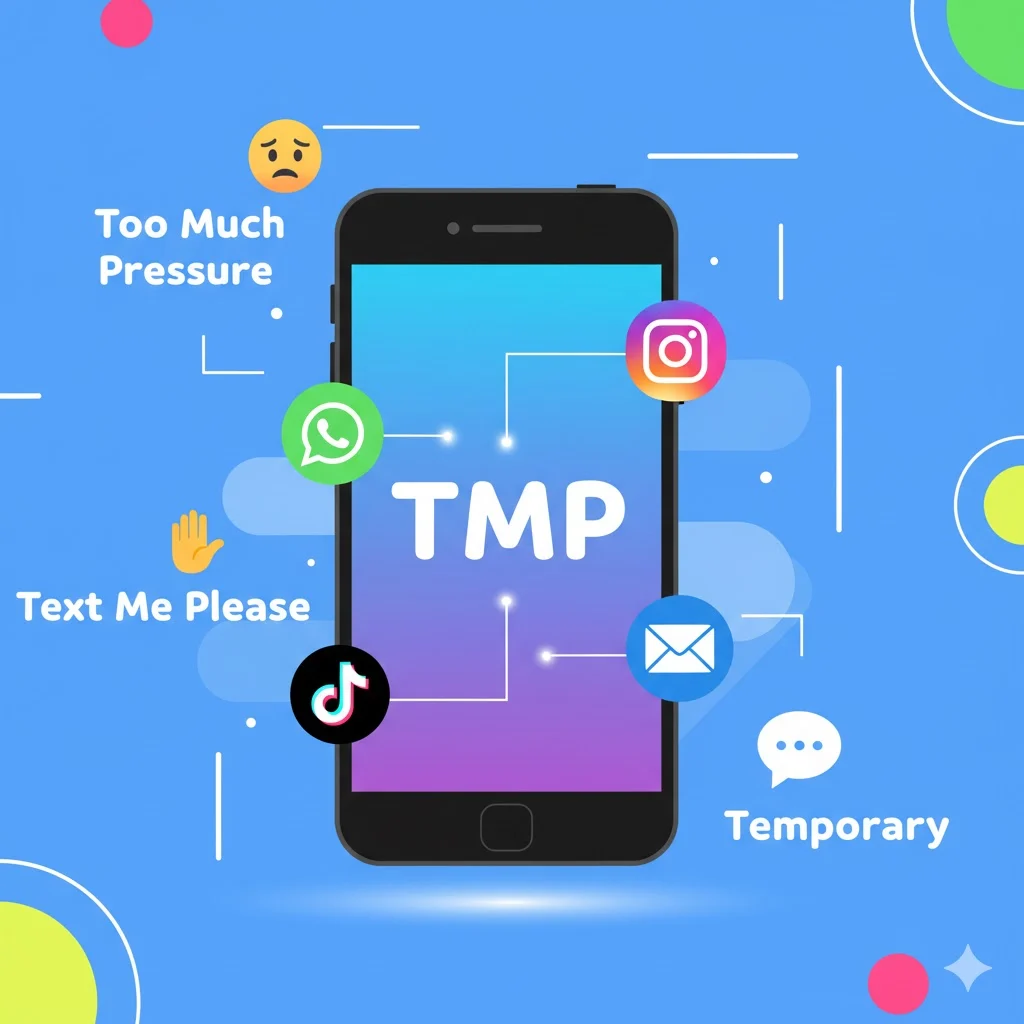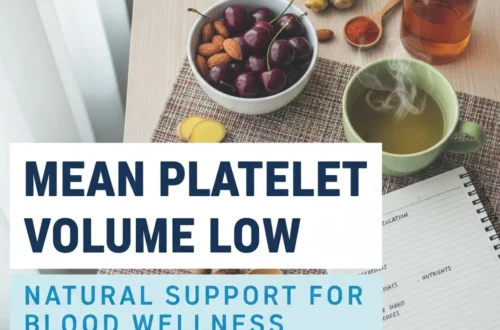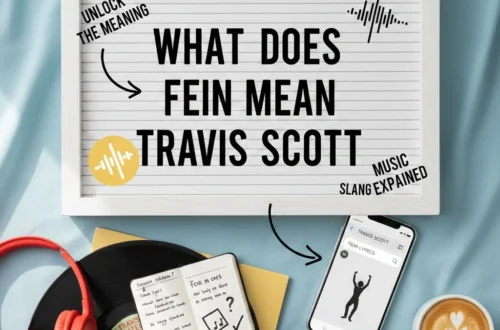In today’s fast-paced digital world, abbreviations and acronyms are everywhere. From texting a friend on WhatsApp to engaging with TikTok content or emailing a colleague, understanding these shorthand forms is essential. One abbreviation you may have encountered is TMP.
In this guide, we’ll break down TMP meaning in text, explore its various interpretations, provide real-life examples from social media, messaging apps, and email, and give tips to use it correctly. By the end, you’ll have complete mastery over TMP and similar abbreviations.
What Does TMP Mean?
TMP is an acronym that can carry multiple meanings depending on context, platform, and audience. The most common interpretations are:
- Text Me Please – Used in casual conversations to request someone to send a message.
- Temporary – Refers to something short-term, often in professional or technical settings.
- Too Much Pressure – Expresses stress, overwhelm, or emotional strain.
- The Main Point – Highlights the key idea in a discussion.
Let’s explore each in detail.
1. TMP as “Text Me Please”
One of the most common meanings of TMP in casual texting is “Text Me Please.” It’s a polite way to ask someone to send a message, often used among friends, peers, or social media contacts.
Real-Life Examples from Social Media:
- WhatsApp:
- Friend 1: “I have exciting news!”
- Friend 2: “TMP, can’t wait to hear it 😄”
- Instagram DM:
- Comment: “Love your content! TMP so we can chat more 👋”
- TikTok Comments:
- “Great video! TMP to discuss collabs 😎”
Why TMP Works Here:
- Quick and easy to type
- Keeps conversation informal
- Universal understanding among younger audiences
Tips for Using TMP as “Text Me Please”:
- Use with friends or peers
- Avoid in formal professional emails
- Combine with emojis to convey tone
2. TMP as “Temporary”
In technical, professional, or gaming contexts, TMP often stands for “Temporary.” This usage is common in:
- File management
- Project updates
- Software or app discussions
- Gaming chats referring to temporary items
Real-Life Examples:
- Email Example:
- “We have applied a TMP fix until the permanent solution is ready. Please review the files.”
- Gaming Chat:
- “Using TMP armor until we craft the final set.”
- Workplace Chat:
- “Save the report in the TMP folder before submission.”
Why TMP Works Here:
- Concise, especially for technical discussions
- Avoids repeating “temporary” multiple times
- Recognized in both professional and casual tech environments
Tips for Using TMP as “Temporary”:
- Suitable for internal communications
- Pair with context to avoid confusion
- Not ideal for public-facing documents
3. TMP as “Too Much Pressure”
Among younger audiences, especially students or social media users, TMP can mean “Too Much Pressure.” It expresses stress, overwhelm, or feeling burdened by responsibilities.
Examples:
- WhatsApp Chat:
- “TMP 😩, three exams tomorrow and a presentation due.”
- Instagram Story Caption:
- “TMP… why does adulting feel impossible 😅”
- TikTok Caption:
- “TMP before finals… can someone rescue me?”
Why TMP Works Here:
- Quickly conveys emotional state
- Recognizable by peers and social media communities
- Often paired with emojis to enhance meaning
Tips for Using TMP as “Too Much Pressure”:
- Pair with relatable emojis
- Can be used humorously or seriously
- Best suited for casual or peer-to-peer interactions
4. TMP as “The Main Point”
In professional, academic, or analytical discussions, TMP can stand for “The Main Point.” This usage emphasizes the central idea without lengthy explanations.
Examples:
- Work Email:
- “TMP: We need the budget approved by Friday to proceed with the project.”
- Slack Message:
- “TMP: Update the database before the meeting starts.”
- Academic Discussion:
- “TMP: The research shows a 20% increase in productivity.”
Tips for Using TMP as “The Main Point”:
- Best for concise communication
- Ideal in professional or structured discussions
- Avoid in casual chats unless your audience understands it
Platform-Specific Usage of TMP
Understanding TMP in the context of different platforms can prevent miscommunication.
- Common Uses: TMP as “Text Me Please” or “Too Much Pressure”
- Example:
- “TMP 😩, I have so much homework.”
- Common Uses: TMP as “Text Me Please” in DMs or comments
- Example:
- “Loved your story! TMP to chat more!”
TikTok
- Common Uses: TMP in captions to direct viewers to another platform or conversation
- Example:
- “TMP if you want to see the full tutorial!”
- Common Uses: TMP as “Temporary” or “The Main Point”
- Example:
- “We’ve applied a TMP solution until the final version is ready.”
Regional and Generational Variations
The meaning of TMP can vary depending on location and generation:
- Younger Generations (Gen Z): Often use TMP as “Text Me Please” or “Too Much Pressure.”
- Professionals/Older Generations: TMP is more likely interpreted as “Temporary.”
- Gaming Communities: TMP could refer to items, temporary buffs, or even weapons (like the Steyr TMP).
Similar Abbreviations and How TMP Differs
- TMI – Too Much Information (often confused with TMP)
- TTYL – Talk To You Later
- FYI – For Your Information
- HMU – Hit Me Up
- DM – Direct Message
Tip: Always consider the context, platform, and audience to distinguish TMP from these similar abbreviations.
Common Misunderstandings
Many people misinterpret TMP due to lack of context:
- Assuming TMP always means “Text Me Please” – Can lead to confusion in professional settings.
- Ignoring Emojis – Emojis often clarify whether TMP means stress or a request for messaging.
- Using TMP in Public Forums – Can confuse audiences unfamiliar with the abbreviation.
How to Respond to TMP
- If “Text Me Please”: Reply promptly with a message.
- If “Too Much Pressure”: Offer empathy or support.
- If “Temporary”: Acknowledge the temporary nature or provide updates.
- If “The Main Point”: Focus on the key idea and respond concisely.
Case Studies: TMP in Real Conversations
WhatsApp Example
- Friend 1: “TMP 😩, can’t handle all this work!”
- Friend 2: “Hang in there! You’ll manage 💪”
Instagram Example
- Comment on Story: “TMP to chat more!”
- Response: “Sure! I’ll DM you now 🙂”
Email Example
- Internal Email: “We applied a TMP fix to the system; full solution will follow next week.”
TikTok Example
- Caption: “TMP for full video link in bio!”
- Outcome: Directs users to continue engagement on another platform.
Do’s and Don’ts of Using TMP
Do’s:
- Use based on context and audience
- Pair with emojis in informal texts
- Clarify if ambiguity exists
Don’ts:
- Avoid TMP in public professional communications without explanation
- Don’t assume everyone understands the abbreviation
- Avoid overusing TMP in long conversations
Extended FAQs About TMP
- Is TMP slang or formal?
TMP is mostly informal but can appear formally as “Temporary.” - Where is TMP used most?
WhatsApp, Instagram, TikTok, and internal workplace chats. - Can TMP have other meanings?
Yes, context-dependent, such as “Text Me Please,” “Too Much Pressure,” “Temporary,” or “The Main Point.” - Is TMP recognized globally?
Mostly in English-speaking countries; may vary regionally. - Can TMP be misunderstood?
Yes, always consider context. - How do I use TMP professionally?
Prefer “Temporary” or “The Main Point” in emails and reports. - Can TMP appear in gaming?
Yes, often referring to temporary items, buffs, or weapons. - Is TMP generational?
Yes, younger generations use it more for informal meanings like “Text Me Please.” - How to respond to TMP?
Tailor your reply based on the intended meaning. - Can TMP be humorous?
Absolutely! Especially when paired with emojis or memes.
Conclusion
Understanding TMP is crucial in the era of digital communication. Whether it’s “Text Me Please,” “Temporary,” “Too Much Pressure,” or “The Main Point,” context is everything. By mastering TMP, you can communicate effectively across platforms like WhatsApp, Instagram, TikTok, and email.






